This win-win legislation would provide funds to conservation projects, states, and counties
The Senate has reintroduced a bipartisan bill that would ensure smart-from-the-start development of renewable energy resources. The Public Land Renewable Energy Development Act would help build an efficient framework for development on public lands and direct royalty funds to fish and wildlife conservation projects in the communities hosting wind and solar development.
A House version of the bill was introduced in July 2019.
Royalties funneled into a newly established conservation fund could be used to restore fish and wildlife habitat affected by development and maintain access to hunting and fishing opportunities on public lands.
Representatives from three major sportsmen’s groups applauded this effort, noting that hunters and anglers are supportive of the development of renewable energy resources on public lands when it is done in the right places and in a manner that conserves fish and wildlife habitat.
“This bill would achieve a rare win-win scenario by thoughtfully balancing renewable energy development and habitat needs, while creating a consistent stream of revenue to fund essential fish and wildlife management projects,” says Whit Fosburgh, president and CEO of the Theodore Roosevelt Conservation Partnership. “We’re grateful for the support of Senate lawmakers who are prioritizing opportunities to enhance sportsmen’s access, clean water resources, and critical habitat for important game species through this common-sense approach.”
“Our energy future is reliant on the development of renewable energy–that’s not a political statement, it’s simple economics,” says Chris Wood, president and CEO of Trout Unlimited. “Solar and wind are now more cost-effective than ever before. But even renewable energy has an impact on public land and we must balance renewable development with the protection of fish and wildlife resources. This bill ensures smart development from the start, funding important conservation measures and giving back to the communities who shoulder these projects. TU has supported the concepts contained in this bill for nearly a decade, and we’re grateful to the House and the Senate continuing to pursue its passage.”
“Sportsmen and women are practical about the increasing demands of renewable energy development on our public lands, and we want to avoid impacts to wildlife habitat,” says John Gale, conservation director for Backcountry Hunters and Anglers. “PLREDA prioritizes development away from wildlife conflicts, proactively mitigates impacts from energy development and creates a royalty structure that will drive new revenue for impacted states and communities while also dedicating a separate conservation funding stream. We thank Sens. McSally and Heinrich for introducing this bipartisan legislation that promotes responsible energy development and safeguards critical fish and wildlife habitat for future generations.”

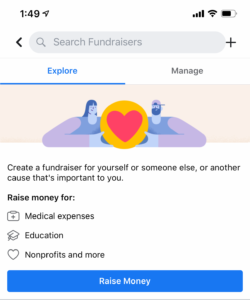
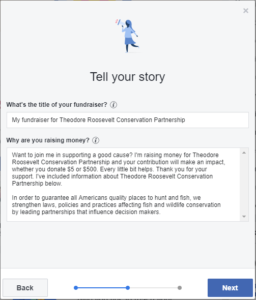
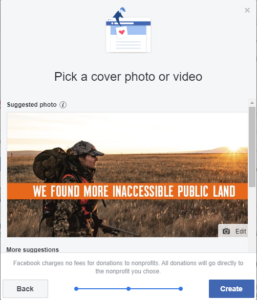
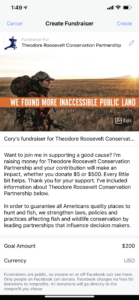
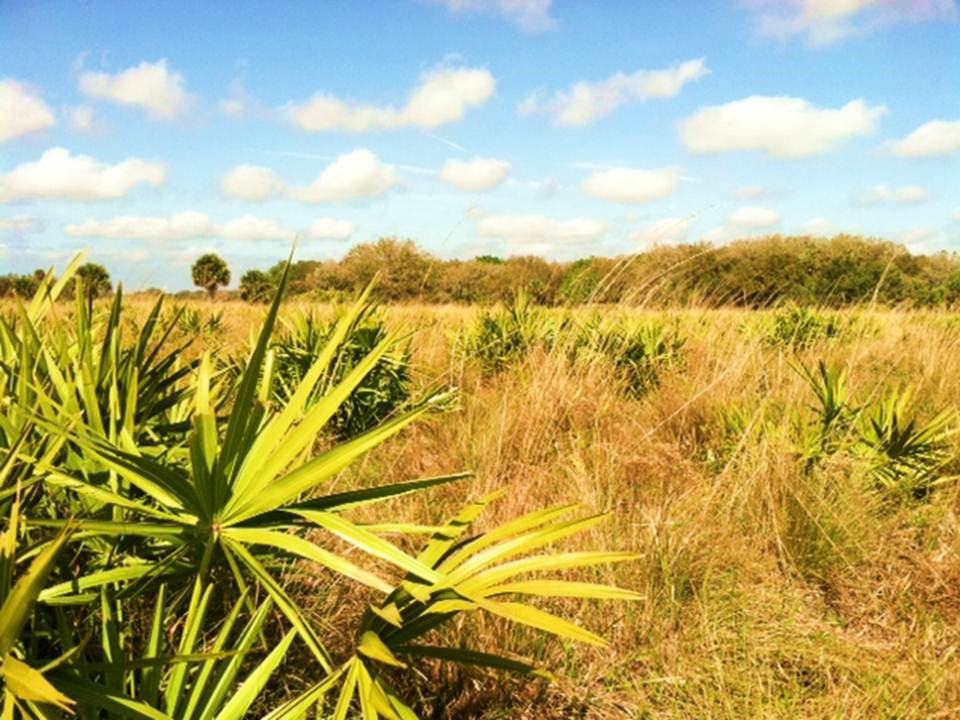
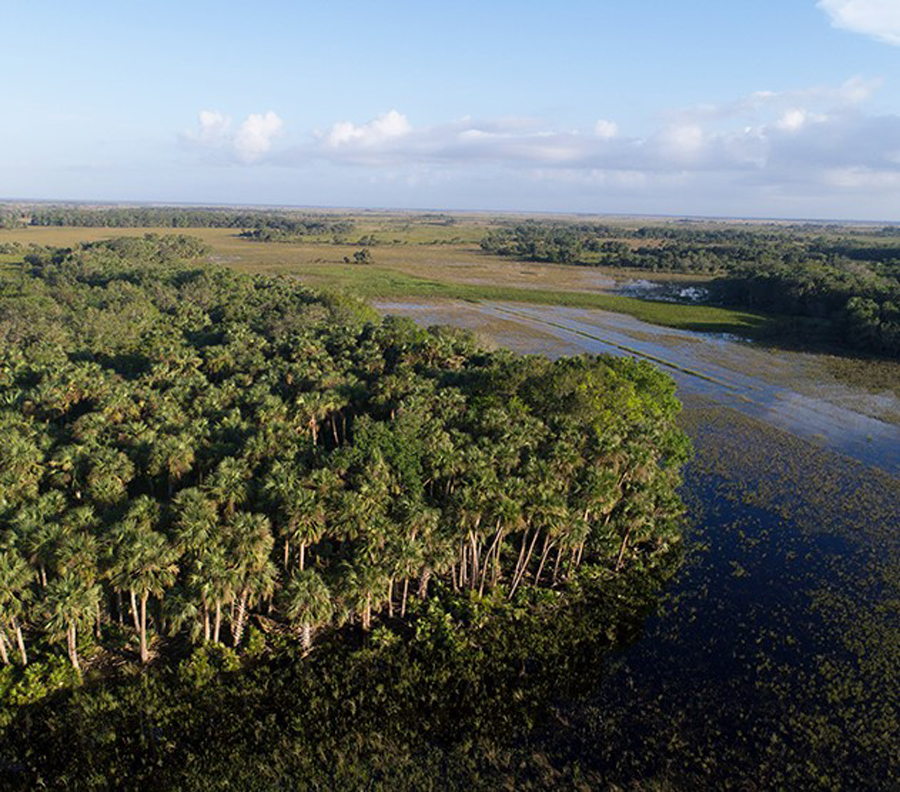




Save our precious wildlife.
THERE SHOULD BE A LEGISLATIVE BILL THAT STATES NO ONE, STATE, FEDERAL OR PRIVATE SECTOR, CAN DO ANYTHING TO OUR PUBLIC LANDS UNLESS THE PUBLIC IS POLED AND A MAJORITY AGREES WITH THE PROPOSAL. OTHERWISE, THE LANDS CANNOT BE CHANGED AND DESTROYED AND MUST REMAIN AS IS.
I think it’s a great idea 💡
Our American public lands (and all our natural resources) are under threat like never before from the current administration in Washington – from the oil and gas lobbyist, David Bernhardt head of the Interior, to coal lobbyist, Andrew Wheeler head of the EPA, to the man who has stated that all public lands should be sold, William Perry Pendley at the BLM. It is hard to have any faith or trust in them that they will serve all Americans as head of these agencies. We deserve so much better.